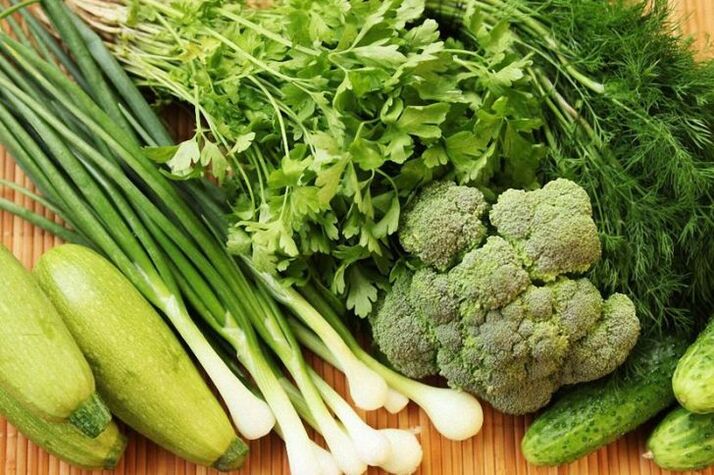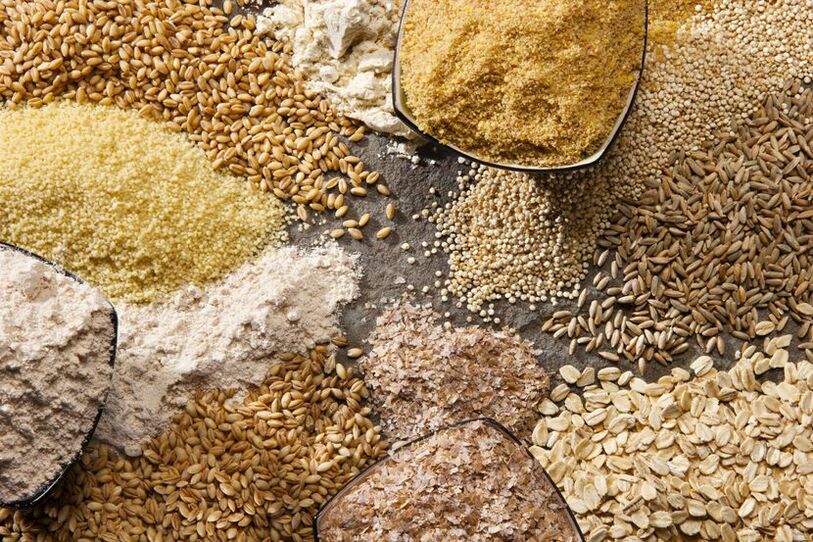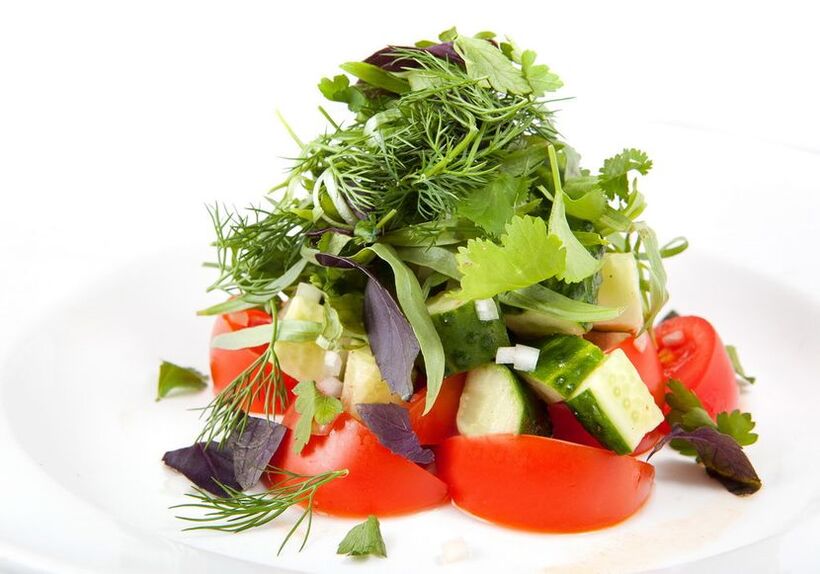
Allergy is considered a disease of our time, which manifests itself in hypersensitivity to certain substances, products, materials. The most common types of allergies are: pollen, dust, food, medicine, dandruff, insect bites.
There are two ways to relieve an allergic condition: by taking medication, or by following a hypoallergenic diet. The diet will be equally effective regardless of the type and severity of the allergy, in the form of sudden or chronic atopic dermatitis. Allergies are a serious disorder of the body and require a doctor's appointment.
Recommendations for a hypoallergenic diet are only a small part of what you can do on your own.
Hypoallergenic diet menu
A person following this diet is able to excrete foods that cause allergic reactions.
According to the research of nutritionists, all products were divided into three groups: low allergic, moderately allergic and high allergen.
Authorized and healthy foods for allergies:
- cereals of all kinds, except maize,
- cracker,
- all kinds of dried fruit,
- unleavened dough products,
- green or yellow vegetables and fruits. These are asparagus, cucumbers, apples, cabbage, greens, yellow cherries, gooseberries, pears,
- compotes, jelly and green fruit jelly,
- red meat,
- dairy products,
- butter.

Foods to eat carefully:
- fruits and vegetables that are orange or red, as well as jellies, juices and compotes thereof,
- grenades,
- chicken and eggs,
- strawberries, raspberries, strawberries,
- fish and caviar,
- nuts
- horse meat,
- melons,
- black and red currants.
Foods for all types of allergies are strictly prohibited:
- all citrus fruits except lemons
- mushrooms,
- milk,
- honey,
- shop confectionery,
- chocolate, coffee, cocoa,
- lamb, veal, turkey and rabbit meat,
- olive oil
- any smoked meat,
- celery sorrel,
- smoked, canned, salted, pickled and savory food,
- alcohol.
Of course, you can not eat a kilogram of cucumbers or apples that are allowed in the diet at one time. Even an absolutely healthy body can react to such a load completely unexpectedly and manifest itself in the form of allergies. Moderation must be present throughout. And the best solution would be a partial meal to keep track of when a possible allergy occurs.

Sample hypoallergenic diet menu for 7 days
First day
- For breakfast: cottage cheese with the addition of sour cream and sugar, tea.
- Dinner: vegetable soup, slice of boiled beef, green apple, kefir.
- Dinner: buckwheat porridge, stewed vegetables, jelly.
The second day
- For breakfast: oatmeal with butter and dried fruit, green or black tea to choose from.
- Dinner: vegetable soup, boiled pork, compote.
- Dinner: rice porridge, steam cutlet, yellow apple, kefir.
Third day
- For breakfast: sandwich with cheese and butter, tea, yoghurt.
- Dinner: vegetable broth, beef slice, compote.
- Dinner: mashed potatoes, stewed pork, banana.
The fourth day
- For breakfast: cooked pasta with the addition of butter, tea, pears.
- Dinner: vegetable soup with meat, dried fruit compote.
- Dinner: vegetable stew, apple, tea.
The fifth day
- For breakfast: biscuits with butter, tea, banana and pear salad with yogurt.
- Dinner: vegetable broth, steamed beef cutlet, banana, compote.
- Dinner: wheat porridge with stewed vegetables, tea.
The sixth day
- For breakfast: curd casserole, tea.
- Dinner: vegetable broth, slice of boiled beef, compote.
- Dinner: buckwheat porridge, yogurt, banana.
The seventh day
- For breakfast: bread with butter and boiled meat, pears, tea.
- Dinner: vegetable soup, steam cutlet, banana, compote.
- Dinner: oatmeal, fresh vegetable salad with greens, kefir.

Tips for professional nutritionists
Be sure to eat soups every day for lunch in order for housing and utilities to function properly. Always use only vegetable broth as meat broth can cause allergic reactions.
As a snack it is allowed to use cottage cheese, yoghurts, fruits, vegetables, tea can be drunk with the addition of lemon.
If you stick to this type of food for at least one week, you will immediately feel an extra influx of strength. First of all, thanks to a healthy and balanced diet, the body will be able to get rid of toxins and toxins. Secondly, eliminating possible allergens from the diet as much as possible will make it easier to follow the dynamics of allergies and draw your own conclusions.
Adults can follow this diet for up to three weeks, and children for up to 9 days. If at the end of the diet it becomes apparent that your health has improved, you should gradually add previously banned foods. This should be done at three-day intervals for each new product, as an allergic reaction may not occur immediately. This diet is also called non-specific.
In the absence of improvement, moderately allergic and then low-allergenic foods should be phased out. You can restrict your diet only under the supervision of a specialist. To help identify allergies more accurately, doctors are advised to keep a journal of how you eat and how your body responds to each product.
It should be eaten, taking into account all the body's needs for vitamins and minerals. It is impossible to overeat, because the excess food particles will not be digested, but will only poison the body.
Protein-rich foods must be combined with vegetables, in which case the fiber they contain will block allergens from entering the bloodstream.
This type of diet food is suitable for absolutely all adults, children and even nursing mothers.














































































